Most of life’s guilty pleasures eventually lose their lustre, but one decadent delight that never fades is spending a long weekend with a significant other in one of Europe’s grand hotels. For a few days you’re living a different life, a more glamorous existence, like characters in a Continental film noir.
You’re bound to have your own favourites, places you love to revisit, but if you’re looking for somewhere new to stay, here’s my top ten. They’re not the most opulent hotels, or even the most expensive. What sets them apart is their understated elegance. Naturally they’re not cheap, but if your travel dates are flexible you can often find a bargain. And anyway, wouldn’t you rather spend a weekend in one of these places than a week in a boring chain hotel?
Brenners, Baden-Baden, Germany
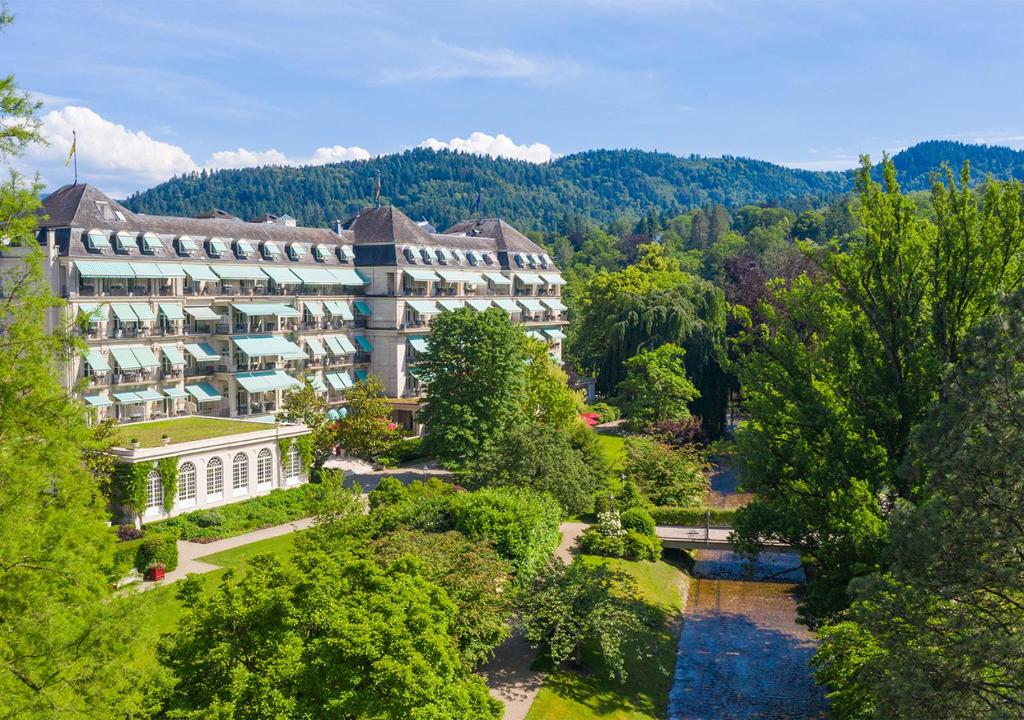
Founded in 1872, Brenners is the most famous hotel in Germany, but when you check in you’d never know. There’s nothing brash about it. Staying here feels like being a private guest in a stately home rather than a paying guest in a grand hotel. The house style is deliciously discreet and the location is divine, looking out across leafy parkland towards the wooded hills of the Black Forest. One of Europe’s smartest spa towns, Baden-Baden is full of fun things to do. The gorgeous Caracalla Baths, the palatial Kurhaus (with its beautiful casino) and the futuristic Frieder Burda Museum (one of Germany’s leading modern art galleries) are all just a short stroll away.
Cour des Loges, Lyon, France
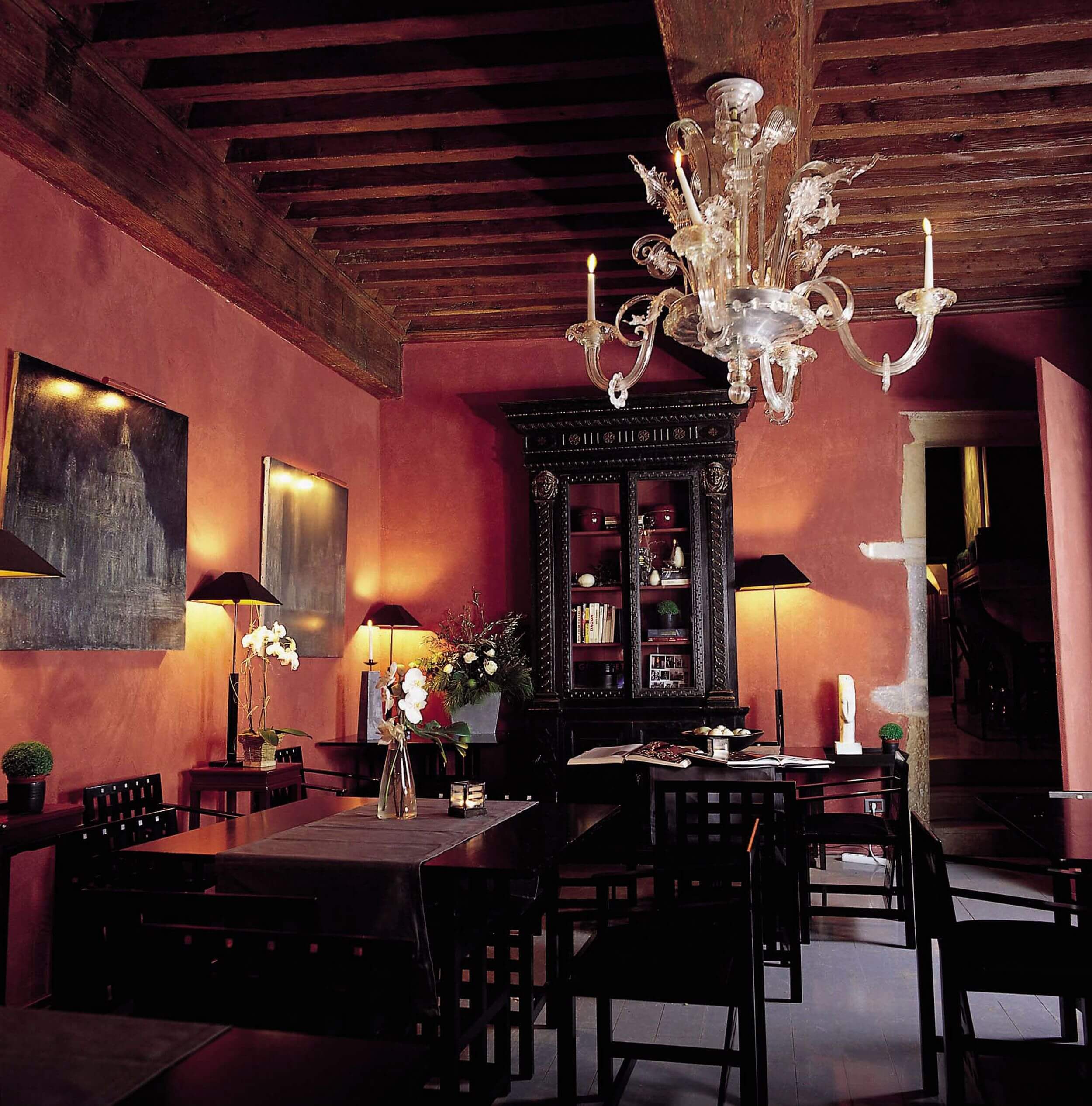
From the street it doesn’t look like much, but once you step inside the Cour des Loges you’re in another world. A spectacular Renaissance building, built around a covered courtyard, it’s like a scene from The Three Musketeers. The bedrooms are an alluring mélange of ancient and modern but the main attraction is its Michelin starred restaurant, Les Loges (if you fancy something less formal, the Café Epicerie next door is ideal for a light lunch). Lyon is perfect for a short city break. The hotel is in the heart of Vieux Lyon, and there are some stunning Roman ruins in the hills above.
Grand Hotel du Lac, Vevey, Switzerland
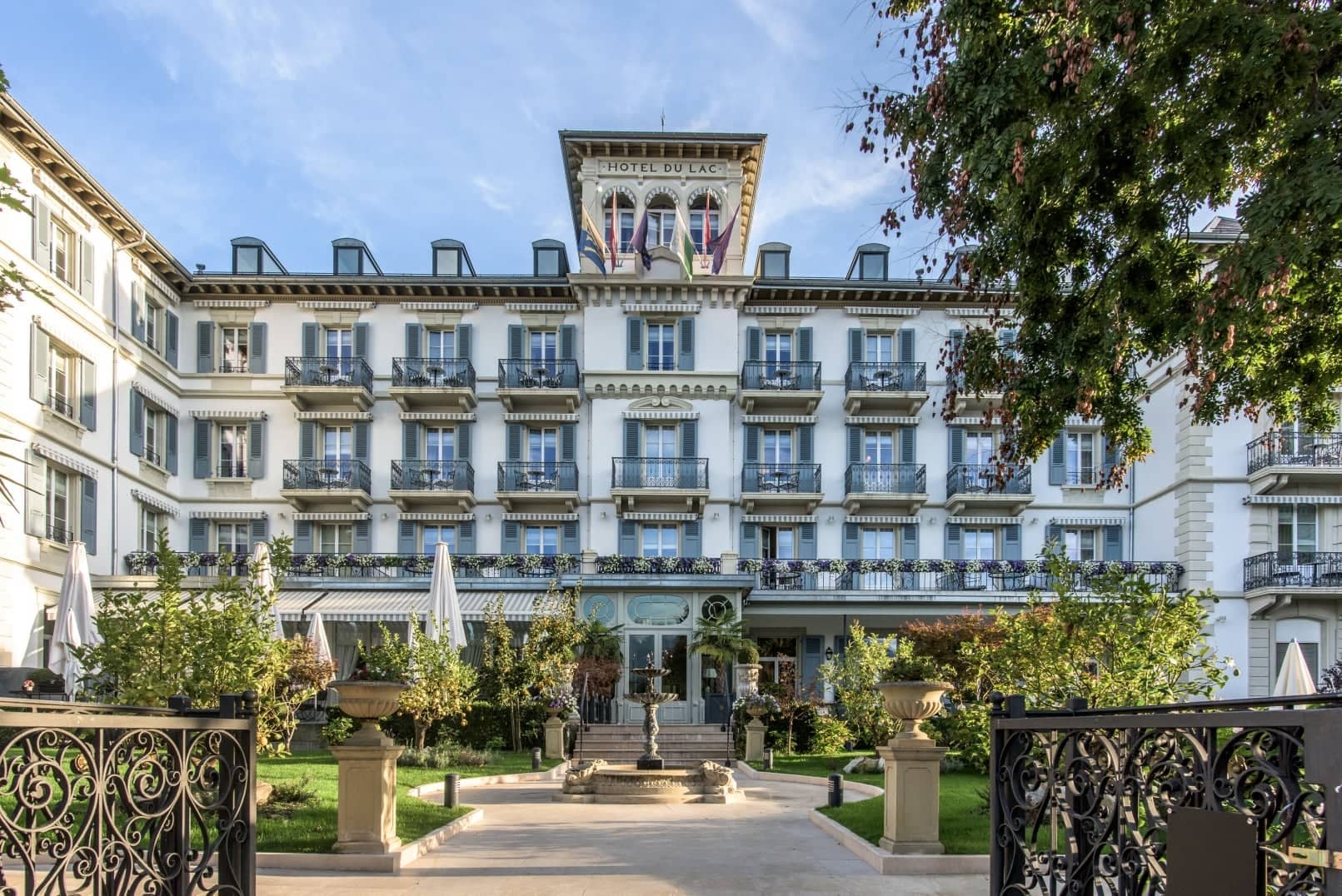
‘The Hotel du Lac was a dignified building, a house of repute, a traditional establishment used to welcoming the prudent, the well-to-do, the retired, the self-effacing…’ When Anita Brookner wrote her melancholy novel, Hotel du Lac, this lakeside hotel had seen better days, but now it’s been reborn as the Grand Hotel du Lac, and although its dignity remains intact it’s no longer quite so self-effacing. The bedrooms are luxurious and the house restaurant has a Michelin star, but the best thing is still the waterfront setting, on the green edge of Vevey, the nicest town on Lake Geneva.
Grand Palace Hotel, Riga, Latvia

Built in 1871, the Grand Palace Hotel used to be a bank, but since Latvia regained her independence it’s become the country’s most prestigious hotel. All the usual five star creature comforts, in a great location – in the middle of Riga’s medieval Old Town. The Latvian capital used to have a reputation as a stag party destination, but now it’s a lot more upmarket. Nowadays culture vultures come to marvel at the city’s rich mix of architecture, everything from Tsarist to Stalinist, from Belle Époque to Art Nouveau.
Hotel Amigo, Brussels, Belgium
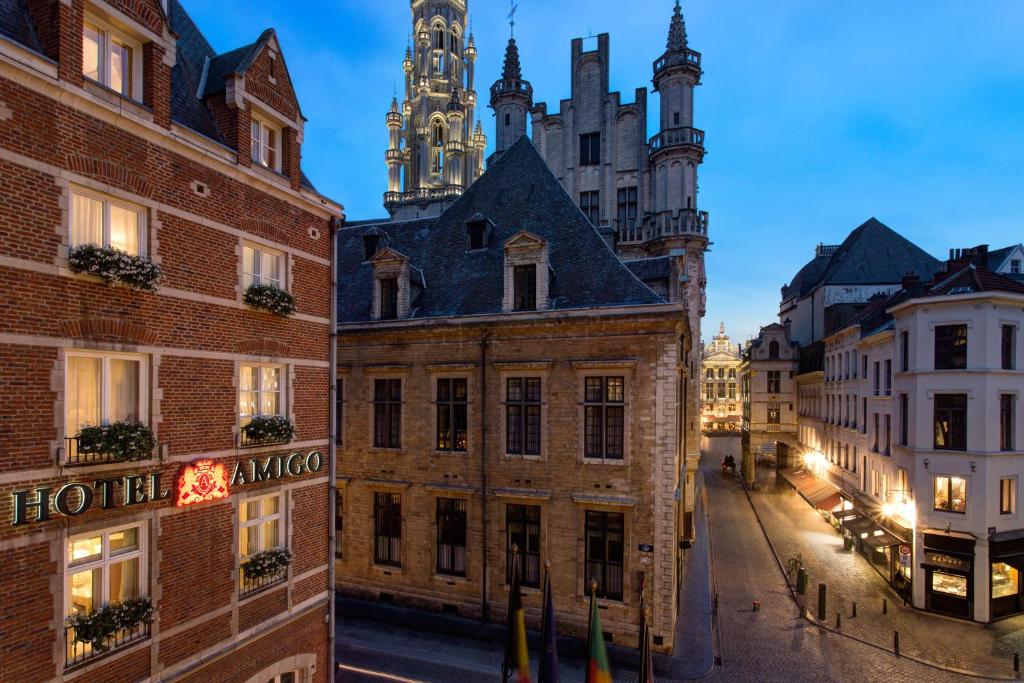
I have stayed in a few of Rocco Forte’s fine hotels, but the Amigo is my favourite. Hidden behind the Grand Place, it’s remarkably quiet for somewhere so central, and although the interior is handsome, with some exquisite artworks in the corridors, the mood around the hotel is refreshingly relaxed. This laid back ambience is enhanced by Olga Polizzi’s muted, soothing colour schemes – her unobtrusive furnishings are similarly easy on the eye. If your pockets are deeper than mine (or if someone else is paying) book the Rene Magritte Suite, with original lithographs on the walls.
Hotel Arts, Barcelona, Spain
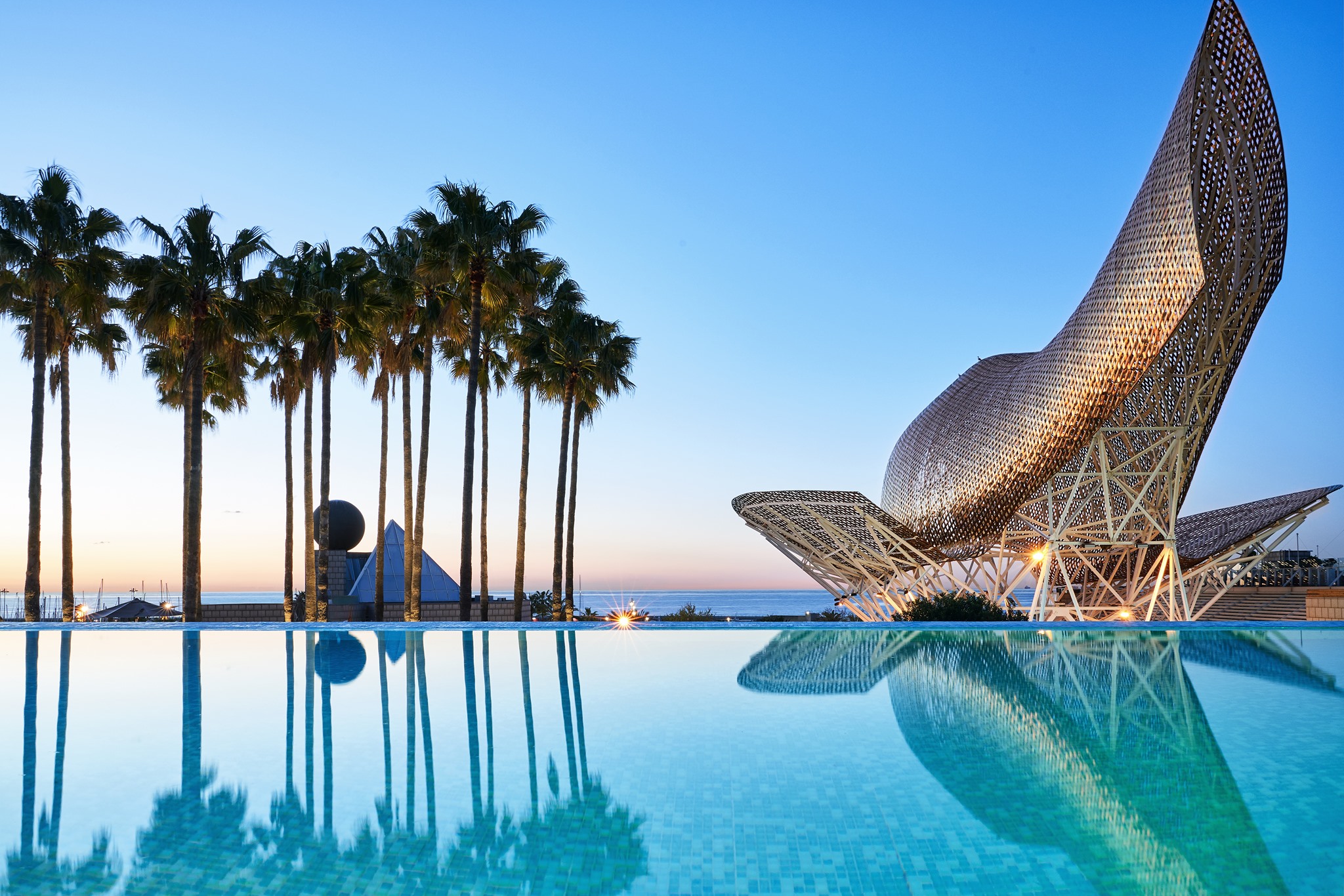
Who says a grand hotel has to be old-fashioned? This is a grand hotel for the 21st Century, a glitzy modern tower block with breathtaking views over the Catalan capital and out across the Med. Built for the 1992 Olympics, which transformed the city’s reputation, this iconic landmark was central to the dramatic regeneration of Barcelona’s neglected seafront. Bruce Graham’s modernist architecture is sleek and functional, and Frank Gehry’s glittering canopy (shaped like a gigantic fish) completes the spectacle, making the Hotel Arts a fitting symbol for the renaissance of this flamboyant port.
Hotel Botanico, Puerto de la Cruz, Tenerife
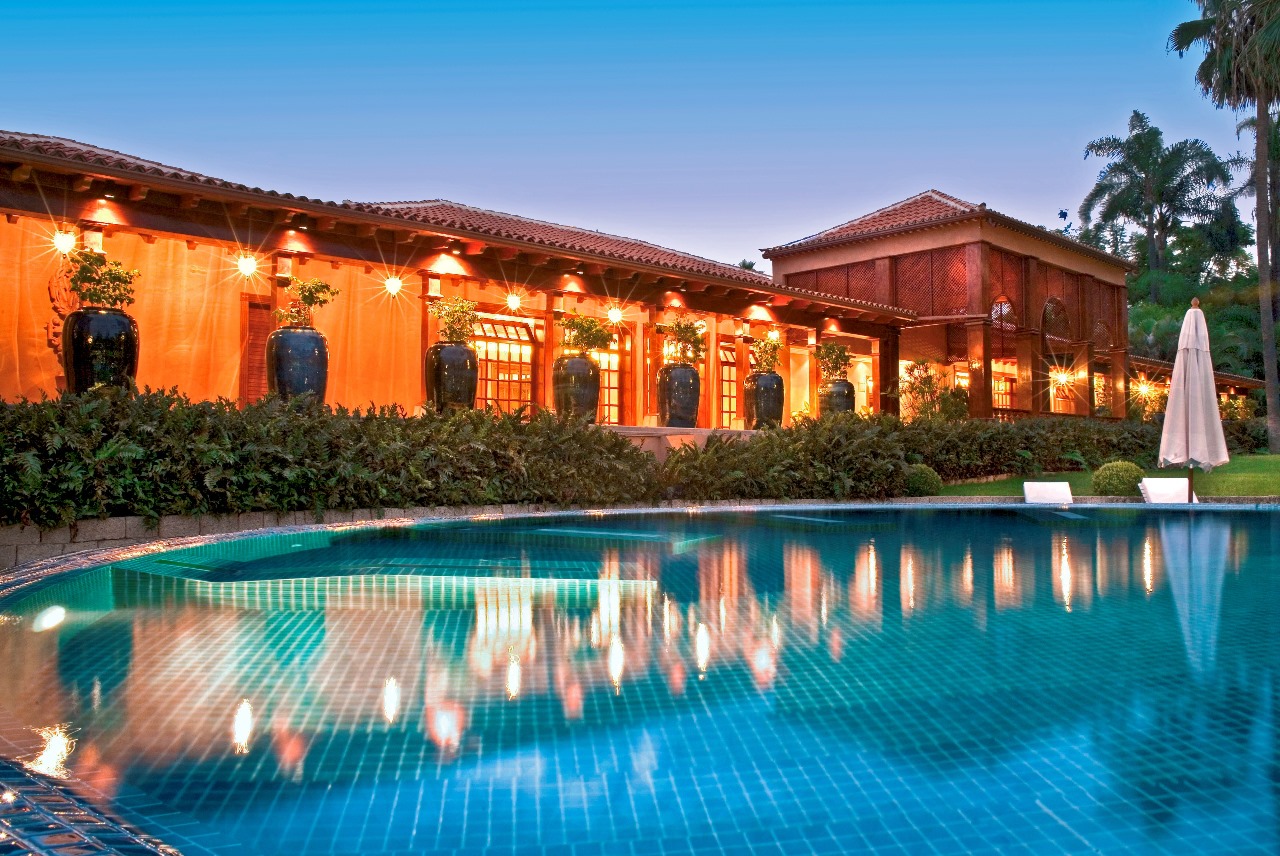
Sun starved Brits flock to the arid south coast of Tenerife, but Spaniards prefer the cooler climate of the northern shore, with its lush green landscapes and historic ports like Puerto de la Cruz. Here you’ll find antique architecture, authentic bars and restaurants and one of Tenerife’s best hotels. The building is undistinguished but the garden setting is sublime. The hotel owes its name to the botanical gardens across the road, but its own grounds are just as pretty – a wonderful place to wander, or simply stretch out and unwind.
Hotel Sacher, Vienna, Austria
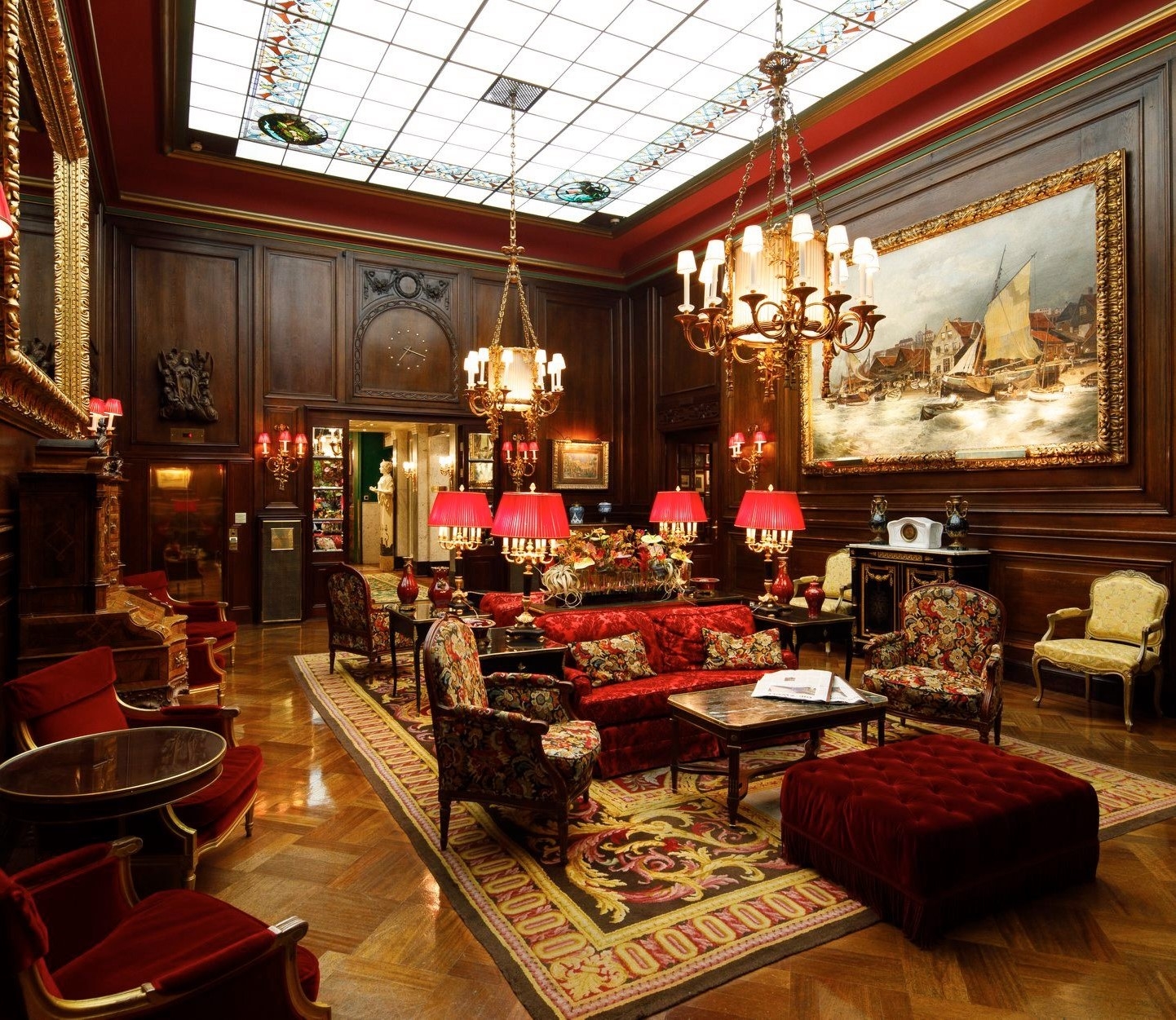
The Sacher is famous for its Sachertorte, a yummy chocolate cake created by Austrian patissier Franz Sacher, but it was his dynamic, eccentric daughter-in-law, Anna Sacher, who put this Viennese institution on the map. During her autocratic reign, from the 1880s to the 1920s, this legendary hotel acquired a louche reputation for scandalous assignations, but it was also renowned for its hospitality and acts of charity, especially in the hungry years after the First World War. After the Second World War it was requisitioned by the British Army, Graham Greene came here in search of a storyline, and The Third Man was born. Today the Sacher is a bit more staid, but it’s still a special place to stay, and in the hushed conversations around the corner tables of the plush Rote Bar and Blaue Bar, an echo of its hedonistic heyday endures.
Palazzina Grassi, Venice, Italy
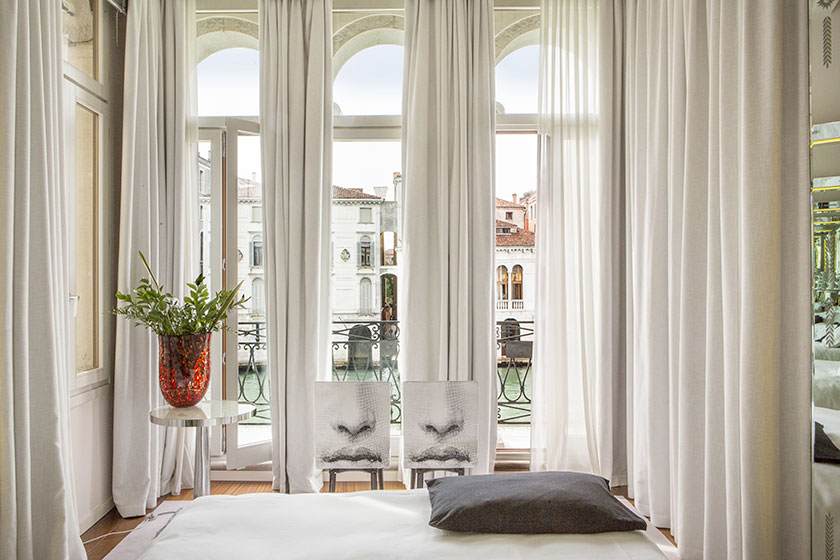
The only hotel in Italy designed by Philippe Starck, the Palazzina Grassi is a seductive blend of old and new. The building is very old indeed, dating back to the 16th Century, but the interiors are contemporary and the contrast is an arresting combination of sweet and sour, light and shade. Starck’s palette is almost (but not quite) monochromatic: pale, bleached hues in the bedrooms, deep, dark colours in the communal spaces. Those chandeliers are made of Murano glass. The location is to die for, right on the Grand Canal.
Reid’s Palace, Funchal, Madeira
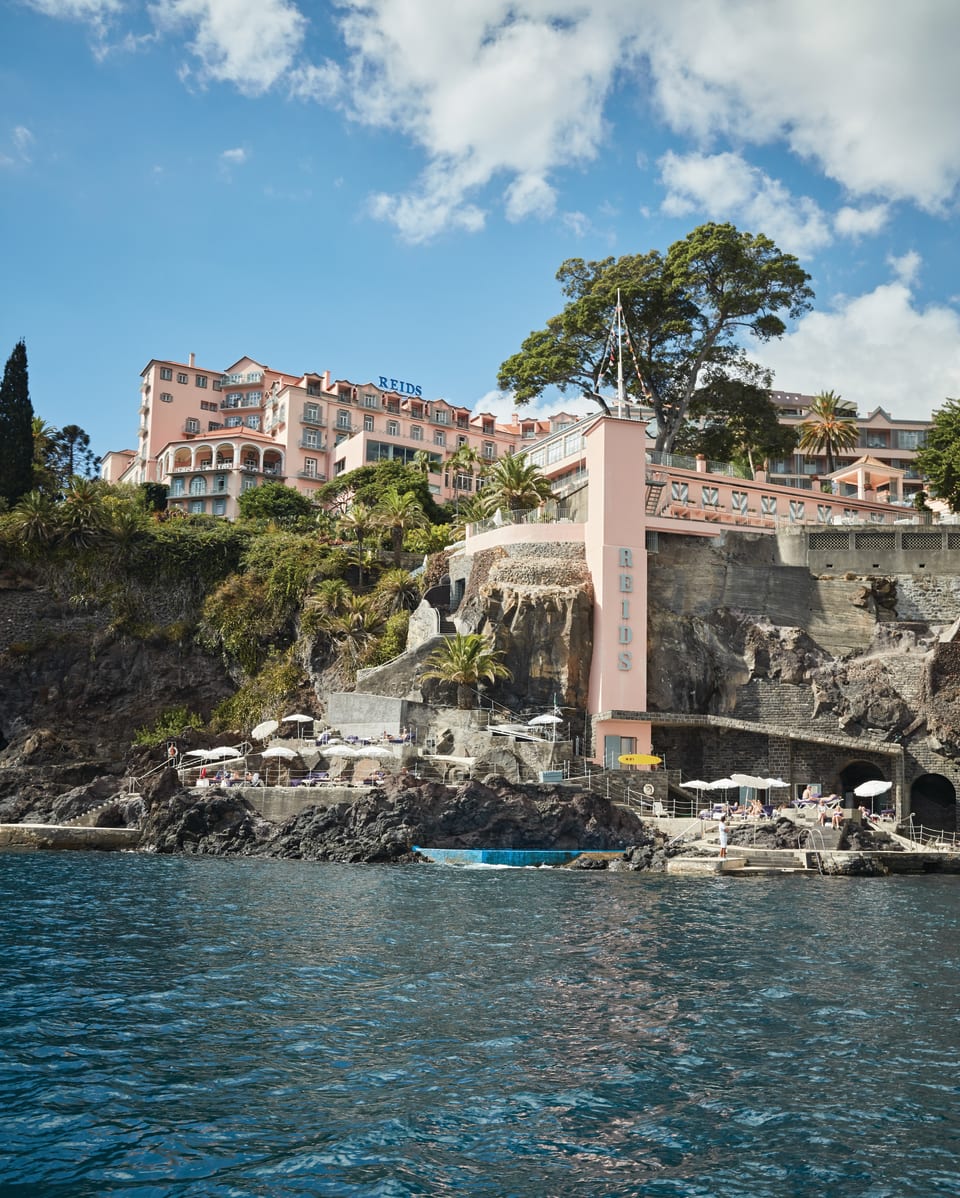
Of all the hotels in this list, this is the only one I’ve never slept in. However I have been here for high tea, which is the main event at Reid’s, and afterwards my wife and I had a quick nose around and it made us yearn to stay here. Perched on a verdant, vertiginous cliff top, high above the wide Atlantic, it’s like the setting for the ultimate Agatha Christie mystery – Hercule Poirot meets and marries (or maybe murders) Miss Marple over a cucumber sandwich and a cup of Earl Grey. It was the brainchild of William Reid, a Scotsman who came to Madeira in 1836. He died before he could complete it. It opened in 1891 and it hardly seems to have changed since then. Winston Churchill, Anthony Eden and George Bernard Shaw have all stayed here, and such is the magic of the place you’d hardly be surprised to see them all taking tea together on the terrace.
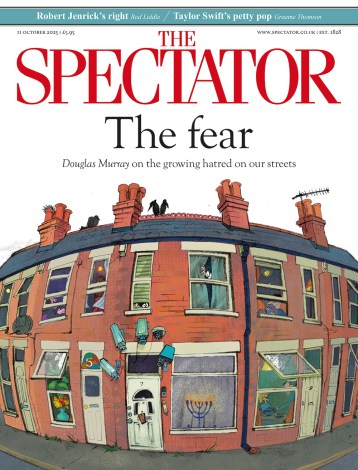
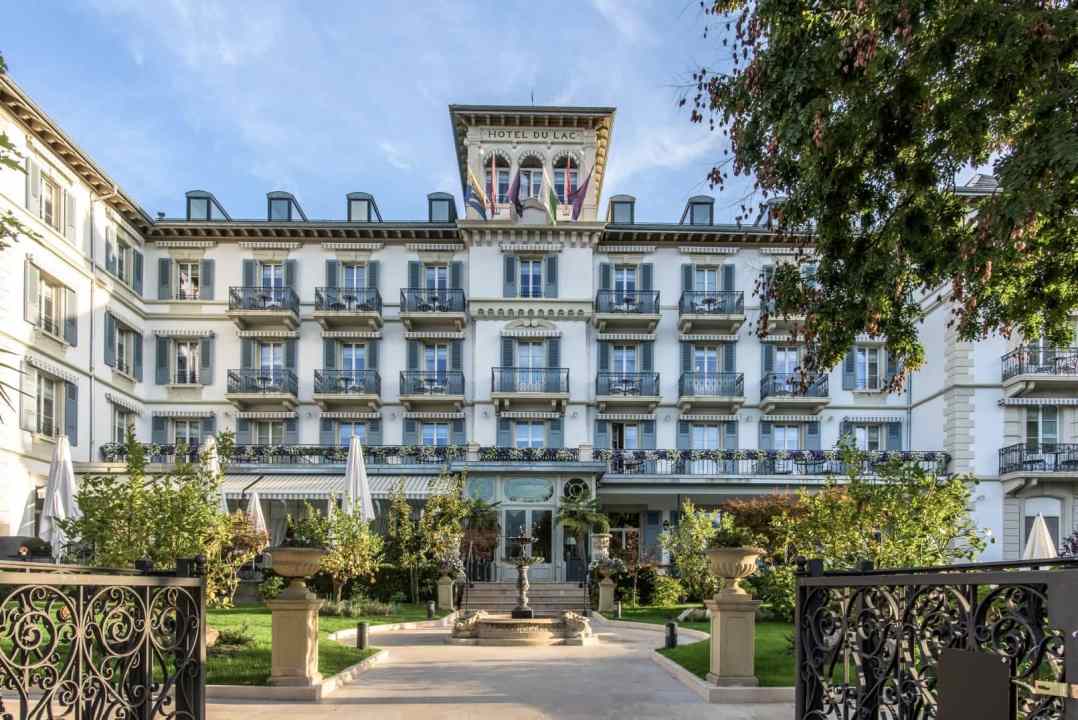
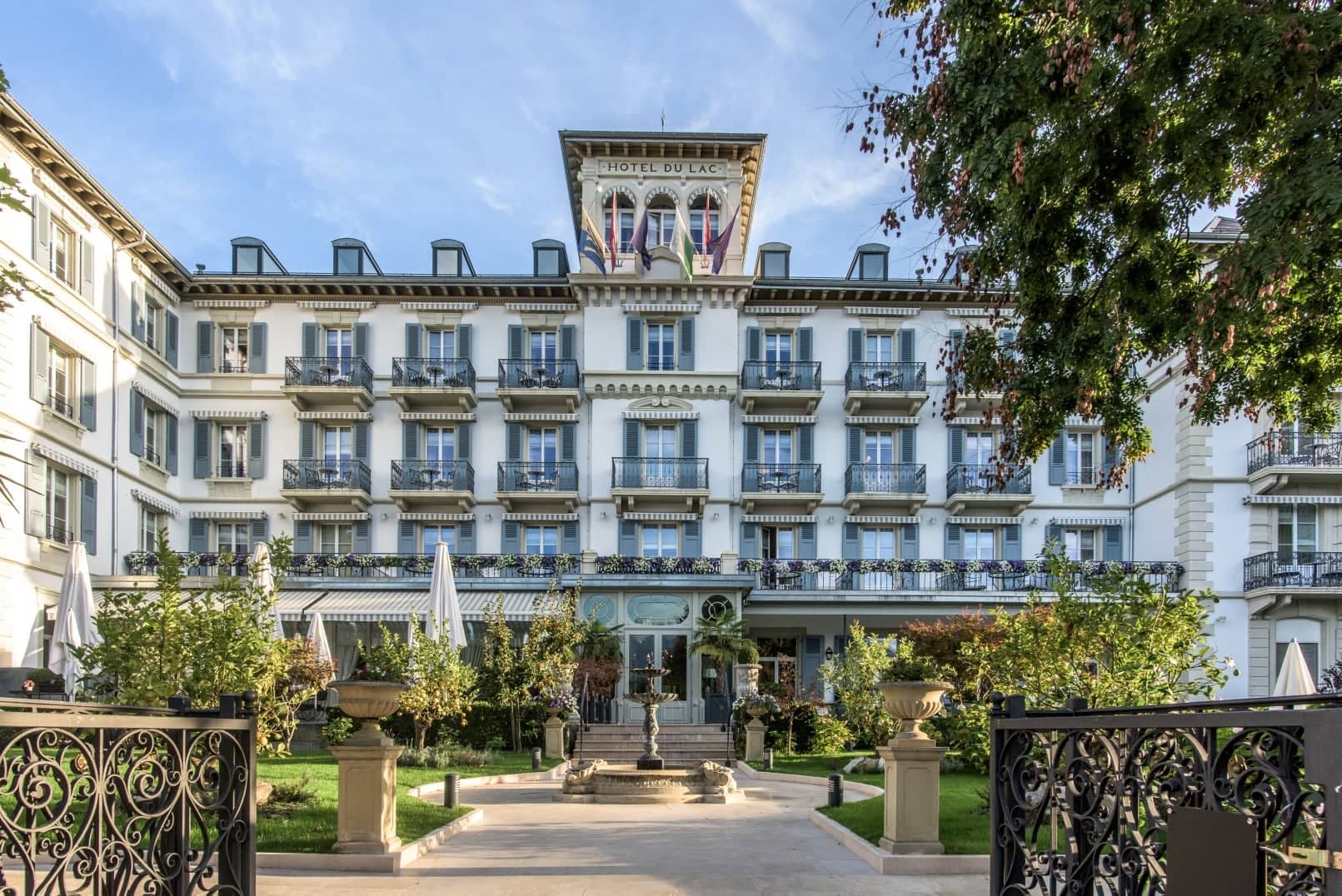




Comments